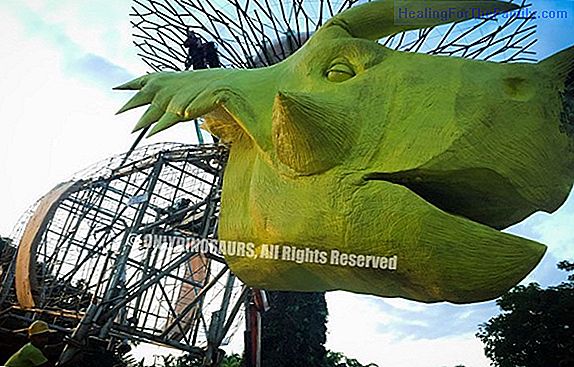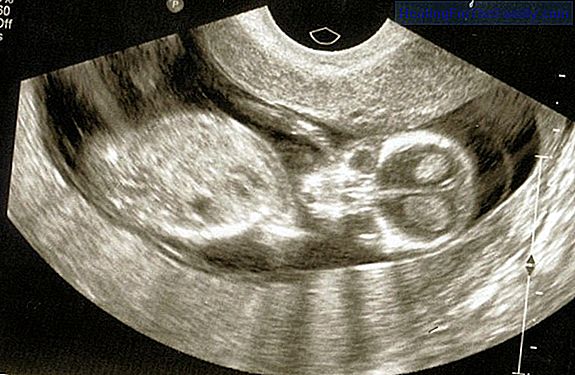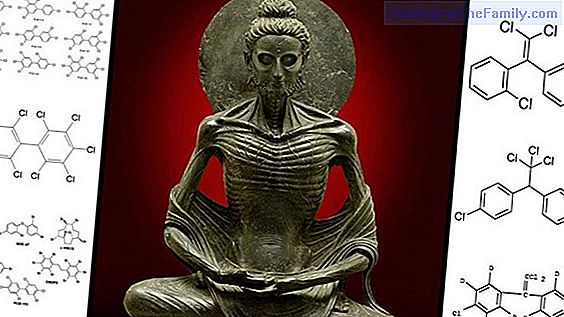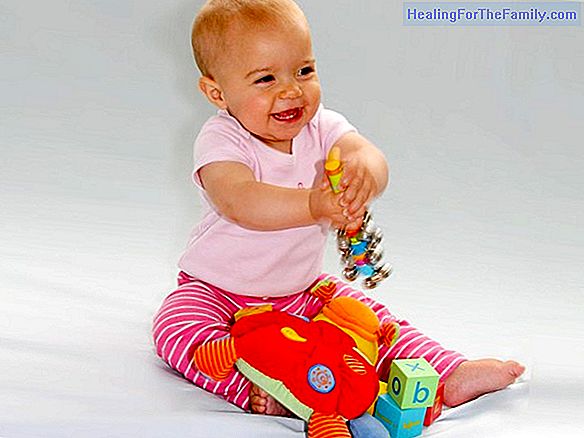Milk pearls or white spots on the nipple during breastfeeding
One of the reasons why mothers come to the lactation clinic is because of the sudden appearance of milk pearls. The milk pearl is a white, small, shiny and pearly spot that appears on the mother's nipple. The normal thing is that it swells and becomes more evident when the baby breastfeeds and defla
One of the reasons why mothers come to the lactation clinic is because of the sudden appearance of milk pearls. The milk pearl is a white, small, shiny and pearly spot that appears on the mother's nipple. The normal thing is that it swells and becomes more evident when the baby breastfeeds and deflates later, taking on the appearance of a whitish pellejito.
Milk pearls are very painful, women refer to it as a burning, very penetrating, and sharp burning sensation. It is important that in spite of being very annoying, they are not serious in themselves, however if they are not treated or they are not resolved they can lead to more serious problems.
What exactly is a milk pearl?
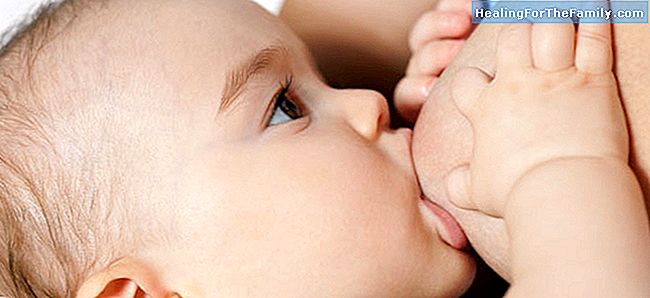
They are simply milk delivery lines that have become clogged. These white spots can be of traumatic origin (the most common occurrence when the baby closes his strong mouth and pulls his head back, or when he tries to follow the look of someone passing by or see what happens around him without releasing his chest) . We will know that it is a pearl of traumatic origin because there is a clear cause-effect relationship.
However, most of the times the pearls are caused by a microbial alteration of the breast or subacute mastitis (they are mastitis that do not give typical symptoms: fever, pain of a quadrant of the breast, or redness):
Pathogenic bacteria have the ability to form biofilms, that is to say, to adhere to the ducts and together with calcium remains to plug them. So this type of white spots are, in short, calcium matrices coated with bacteria.
The normal thing is that since the white point appears, until a small crust forms, and then detaches itself, spend 5 to 7 days. And it is the baby who, through its suction, makes this pearl of milk disappear.
What to do with milk pearls?
When the cause is traumatic and the point is very external, heat can be applied, then lift the superficial layer of skin with a sterile needle and press to drain the obstructed duct, then the baby is placed on the breast and left to whether he is finished emptying that conduit.
Milk pearls of bacterial origin tend to be deeper and affect the entire duct, so that what appears "is only the tip of the iceberg", in these cases pricking does not usually solve the problem, and often causes more pain and inflammation.
With what más the most advisable thing is to go to the midwife's office , where you probably recommend taking specific probiotics for breastfeeding that usually work very well to solve these cases. And follow up, in case more complications arise.



